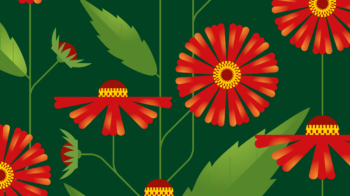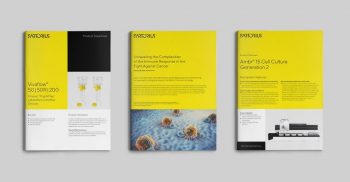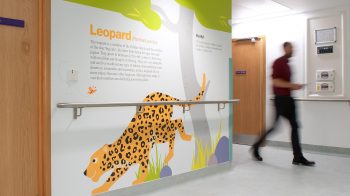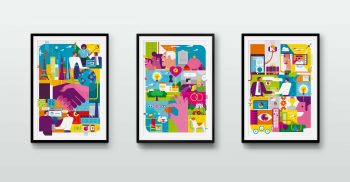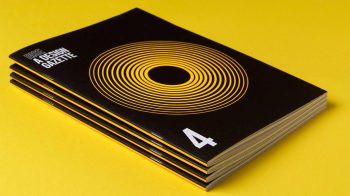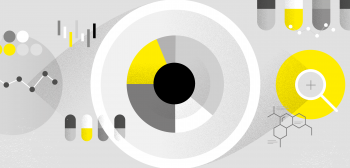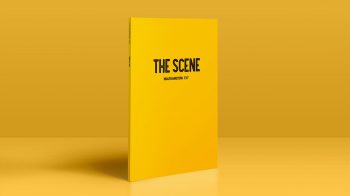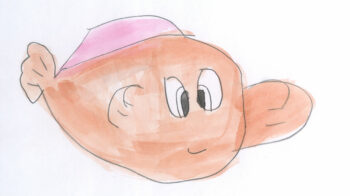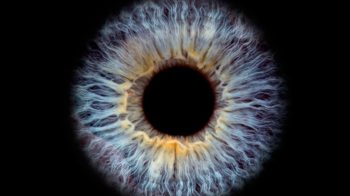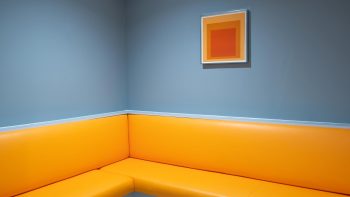How graphic design works in a modern business
These days you can buy your logo for £20.00 online, an off-the-shelf website for £100.00. But really? Can we? Should we? Of course not.
Design shouldn’t be a packaged product you can pluck off the shelf and scuttle off to the checkout with – it’s about objectives and measurements, structure and creativity, trial and error and a series of decisions around why, how and even whether you should go ahead with a project often before you even know your destination.
And what would you end up with? The best designers will always deliver value, and that value can be structural, technical or strategic as well as delivering the ‘creative’. It could be that working with the right designers improves not only you brand, image or tone of voice but the better agencies can help educate the way your creative is … created, how to get the best from your resources and your internal structures and how to plan, test and validate what you do.
Because in the end, the design process works best when it is a collaboration between your design team, marketing and sales, the product team and ideally your clients. This can cause complications, but complications are generally solved upfront by clear delineated lines of responsibility and authority, a sound and specific brief and a plan for clear and simple communication.
How would you describe an elephant?
I recently read an introduction to Google’s Dictionary of Brand. I loved the way it describes the process of clarifying a brand by trying to discover what a design project is about:
‘Today we find ourselves in the position of the six blind men of Hindustan, unable to describe an elephant except through our separate specialties. It’s all about the product, says the product manager. It’s the company’s reputation, says the PR consultant. The brand is the tagline, says the copywriter. No it’s the visual identity, says the graphic designer. Our brand is our culture, says the CEO. The key is the functionality, says the engineer. Like the blind men of the fable, all of them could be partly right, and all partly wrong.’
The key is to understand the origins of the project, why are we doing what we are doing and what will success for us look like?
It’s like we’re back in the 70’s
And just like badminton shorts of the 1970s the best design projects start with the tightest briefs… and end with the widest creative solutions.
Ideally, your design team needs to be involved before the brief is even written. For several reasons; first, good, experienced designers, know what they need to know, they will also understand the project so much better if they’ve had a hand in composing it and, the creative skills that designers have are invaluable in assisting the direction the project should take.
And then to the brief itself. Much has been written, much from here about what goes into a good creative brief but for now we will limit our cogitation to this: a good creative brief requires clients and designers to ask certain questions right at the start – and the key one is why is design work needed? Invariably its changing market conditions, entrance, products, competitors. It could be to launch, develop, inform, raise profile, educate, recruit, inspire or fire fight, but it might be something completely new.
The point is, understanding both a clients objectives and its customer needs, designers can help define the problem before working towards the solution and lifting a mouse in anger.
Off the cuff not off the shelf.
Creative projects are by their nature evolutionary, we are not making jelly moulds here, what you start with may change and develop as the project and design comes to life. Which means, going back to our opening, it cannot, or rather good, effective design cannot, be productised, packaged and sold off the shelf at a discount price with a bag of nuts.
Graphic design is not systematic, a production line with a linear path that is followed to an identical conclusion on all projects. At points, a project may move into areas that cannot be entirely anticipated at the beginning, in order to maximise the creative outcome at the end.
And by being non-linear this simply puts greater emphasis on the set up, on establishing the rules of the house, the objectives and the stages that we know will occur that will create the structure for the creative process to follow on behind, and to flourish. Off the cuff it may well be, off the shelf it is not. £20 for a logo guvnor, I don’t think so.

